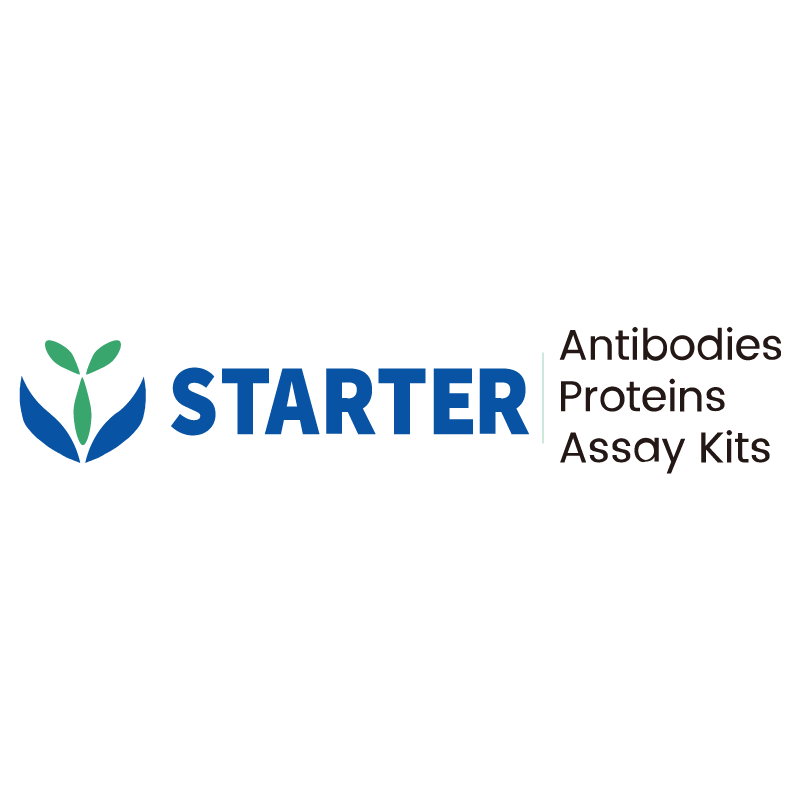Product Details
Product Details
Product Specification
| Host | Rabbit |
| Synonyms | Haemoglobin, Hb or Hgb |
| Immunogen | Native protein |
| Clone Number | SDT-193-39 |
| Antibody Type | Recombinant mAb |
| Isotype | IgG |
| Application | Sandwich ELISA |
| Reactivity | Hu |
| Predicted Reactivity | Ms |
| Cross Reactivity | Recognize both hemoglobin and HbA1c, does not recognize haptoglobin |
| Purification | Protein A |
| Concentration | 2 mg/ml |
| Purity | >95% by HPLC |
| Conjugation | Unconjugated |
| Physical Appearance | Liquid |
| Storage Buffer | PBS pH7.4, 0.03% Proclin 300 |
| Stability & Storage | 12 months from date of receipt / reconstitution, 2 to 8 °C as supplied |
Dilution
| application | dilution | species |
| Sandwich ELISA | N/A |
Background
Hemoglobin (haemoglobin, Hb or Hgb) is a protein containing iron that facilitates the transport of oxygen in red blood cells. Almost all vertebrates contain hemoglobin, with the exception of the fish family Channichthyidae and the tissues of some invertebrate animals. Hemoglobin in the blood carries oxygen from the respiratory organs (lungs or gills) to the other tissues of the body, where it releases the oxygen to enable aerobic respiration which powers the animal's metabolism. A healthy human has 12 to 20 grams of hemoglobin in every 100 mL of blood. Hemoglobin is a metalloprotein, a chromoprotein, and globulin. In mammals, hemoglobin makes up about 96% of a red blood cell's dry weight (excluding water), and around 35% of the total weight (including water). Hemoglobin has an oxygen-binding capacity of 1.34 mL of O2 per gram, which increases the total blood oxygen capacity seventy-fold compared to dissolved oxygen in blood plasma alone. The mammalian hemoglobin molecule can bind and transport up to four oxygen molecules. Hemoglobin is also found in other cells, including in the A9 dopaminergic neurons of the substantia nigra, macrophages, alveolar cells, lungs, retinal pigment epithelium, hepatocytes, mesangial cells of the kidney, endometrial cells, cervical cells, and vaginal epithelial cells. In these tissues, hemoglobin absorbs unneeded oxygen as an antioxidant, and regulates iron metabolism. Excessive glucose in the blood can attach to hemoglobin and raise the level of hemoglobin A1c. The medical condition hemoglobinemia, a form of anemia, is caused by intravascular hemolysis, in which hemoglobin leaks from red blood cells into the blood plasma.
Picture
Picture
Paired Recommendations


